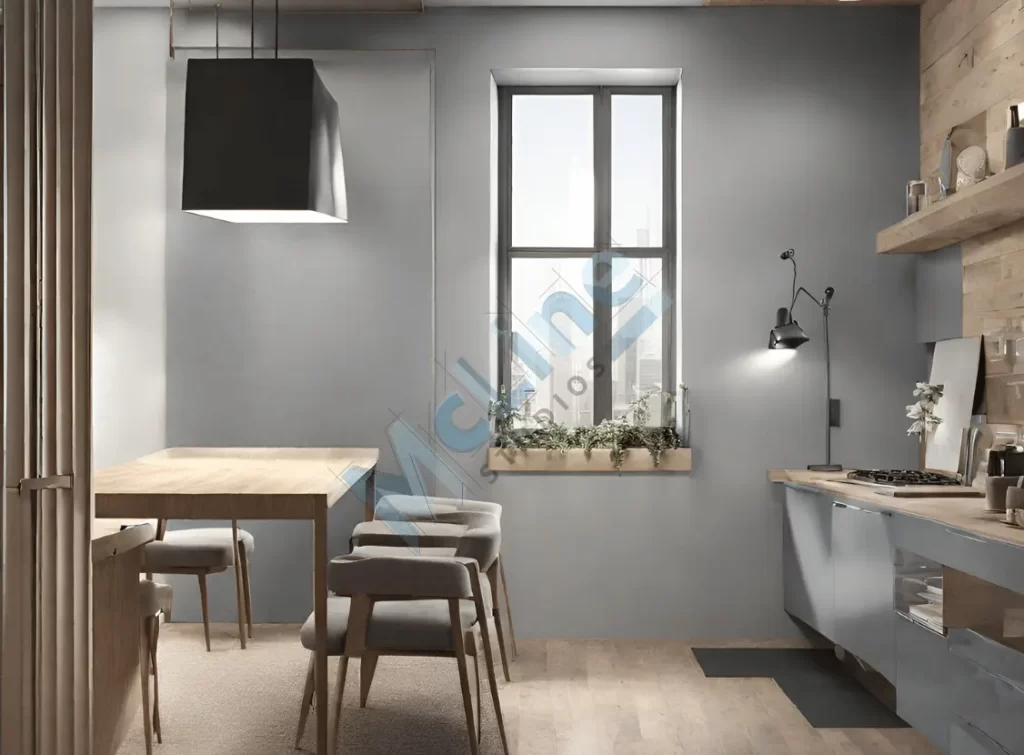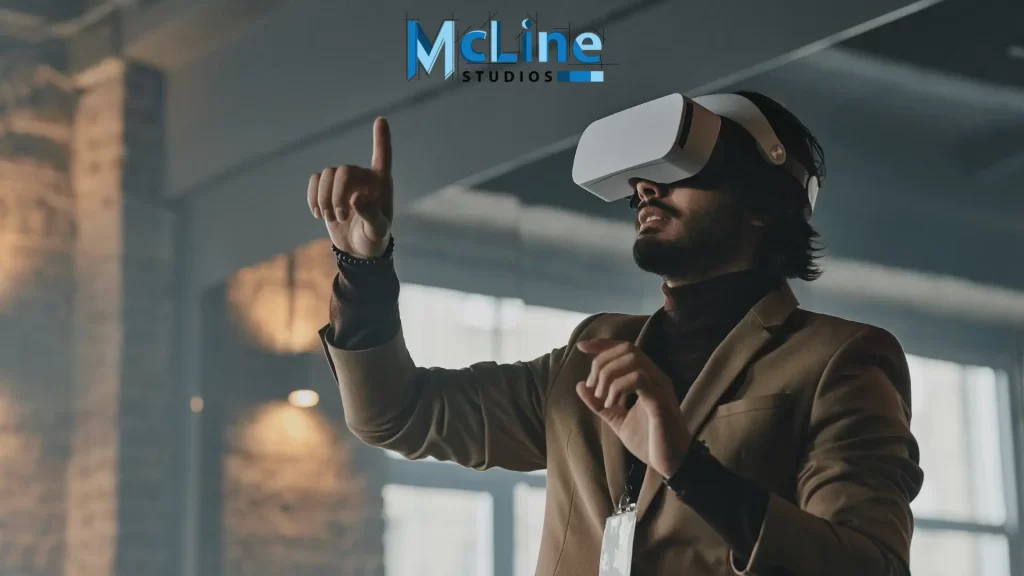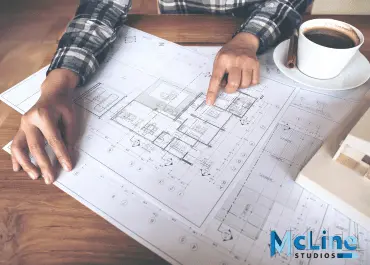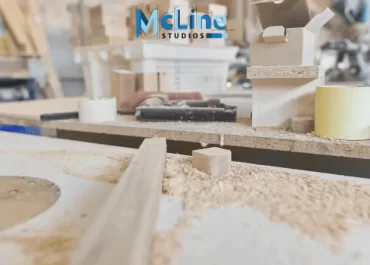Virtual Reality (VR) has emerged as a transformative tool in architecture, revolutionizing traditional design processes and offering unprecedented avenues for visualization, collaboration, and experiential engagement. In recent years, architects and designers have increasingly turned to VR technology to push the boundaries of creativity, efficiency, and client satisfaction. This article delves into the multifaceted role of VR in architecture, exploring its diverse uses and profound impact on the industry.
With VR, architects can transcend the limitations of 2D drawings and static renderings, immersing themselves and their clients in intricately detailed, lifelike environments. From conceptualization to project presentation, VR facilitates a dynamic, interactive design experience that fosters clearer communication and more informed decision-making. Furthermore, VR enables stakeholders to explore architectural spaces in real time, gaining invaluable insights into scale, proportion, and spatial relationships.
Beyond its utility in design visualization, VR serves as a powerful tool for collaborative design processes, allowing architects, engineers, and clients to seamlessly communicate and iterate on designs regardless of geographical distance. Moreover, VR democratizes access to architectural experiences, offering virtual tours of buildings and environments that may be inaccessible or nonexistent in the physical world.
As VR technology continues to evolve and integrate with architectural workflows, its potential to shape the future of design and construction becomes increasingly evident. Through a comprehensive examination of its applications and implications, this article seeks to illuminate the transformative role of VR in architecture and inspire further innovation within the field.

What is Virtual Reality (VR)?
Virtual Reality (VR) is a computer-generated simulation of an environment that allows users to interact with and immerse themselves in a digital world. In VR, users typically wear a special headset that covers their eyes and ears, blocking out the real world and replacing it with a simulated one. This immersive experience is often enhanced by additional sensory feedback, such as sound and touch.
VR in architecture creates digital replicas of architectural projects, allowing stakeholders to explore and interact with them as if they were physically present within the spaces. This is achieved through specialized VR hardware such as headsets and controllers, which track users’ movements and provide a fully immersive experience.
Architectural VR applications typically involve the creation of 3D models of buildings and spaces using computer-aided design (CAD) software. These models are then imported into VR platforms where users can navigate through them, manipulate elements, and visualize design concepts at a human scale.
Overall, VR in architecture has become an indispensable tool in the architectural workflow, offering unparalleled opportunities for design exploration, collaboration, and innovation. As the technology continues to evolve, it promises to further transform the way architects conceive, communicate, and realize architectural visions.
Role of VR in Architecture
VR plays a significant role in architecture by revolutionizing the way architects design, present, and experience their creations. Here are some key aspects of VR’s role in architecture:
- Visualization: VR allows architects to create immersive, three-dimensional environments that enable clients, stakeholders, and architects themselves to visualize designs more effectively than traditional two-dimensional drawings or computer renderings. Clients can “walk through” virtual buildings, experiencing spaces and designs in a realistic manner before any construction begins.
- Design Iteration: VR facilitates rapid prototyping and design iteration. Architects can quickly create and modify virtual models, experimenting with different layouts, materials, and aesthetics in real time. This iterative process can lead to more innovative and refined designs.
- Client Engagement: VR enhances client engagement by offering interactive experiences that go beyond static presentations. Clients can actively participate in the design process, providing feedback and making informed decisions based on their virtual experiences.
- Collaboration: VR fosters collaboration among architects, engineers, and other stakeholders by enabling real-time, immersive interactions within virtual environments. Teams can work together remotely, regardless of geographical location, to review designs, solve problems, and make decisions collaboratively.
- Simulation and Analysis: VR technology enables architects to simulate various environmental conditions, such as lighting, acoustics, and airflow, to evaluate their impact on the design. This allows architects to optimize building performance and occupant comfort before construction begins.
- Training and Education: VR provides valuable training and educational opportunities for architects and architecture students. They can explore virtual replicas of existing buildings, study architectural history, and experiment with design principles in a safe and controlled environment.
- Marketing and Presentation: VR enhances the marketing and presentation of architectural projects by creating compelling, immersive experiences for potential clients and investors. Virtual tours and walkthroughs can effectively showcase unique features and qualities of a design, helping to secure new business opportunities.
How VR in Architecture Works?
VR technology revolutionizes the field of architecture by offering immersive experiences that enable architects, designers, and clients to visualize spaces in unprecedented ways. VR in architecture operates through a combination of hardware and software components. Firstly, specialized VR headsets are utilized to create immersive virtual environments. These headsets feature high-resolution displays and motion tracking sensors, which accurately capture the user’s movements and translate them into the virtual space.
Architectural VR experiences are typically created using specialized software that allows architects to model buildings and environments in 3D. These models can range from simple sketches to detailed, fully rendered representations of buildings and landscapes. Once the model is created, it can be exported to VR-compatible formats and viewed using VR headsets.
In practice, VR in architecture offers numerous benefits. It allows architects to visualize designs at a human scale, giving them a better understanding of spatial relationships and proportions. Clients can also explore designs in VR, providing valuable feedback before construction begins. Additionally, VR can simulate different lighting conditions and material textures, helping architects make informed decisions about design elements.
The Final Note
In conclusion, the integration of Virtual Reality (VR) technology in architecture has revolutionized the way professionals and clients interact with designs, offering immersive experiences that bridge the gap between imagination and reality. Through VR, architects can create lifelike simulations of their projects, enabling stakeholders to visualize spaces with unprecedented detail and realism.
As showcased throughout this article, VR empowers architects to communicate their vision effectively, fostering deeper understanding and engagement among clients and collaborators. Moreover, it facilitates iterative design processes, leading to more efficient workflows and ultimately, superior built environments.




